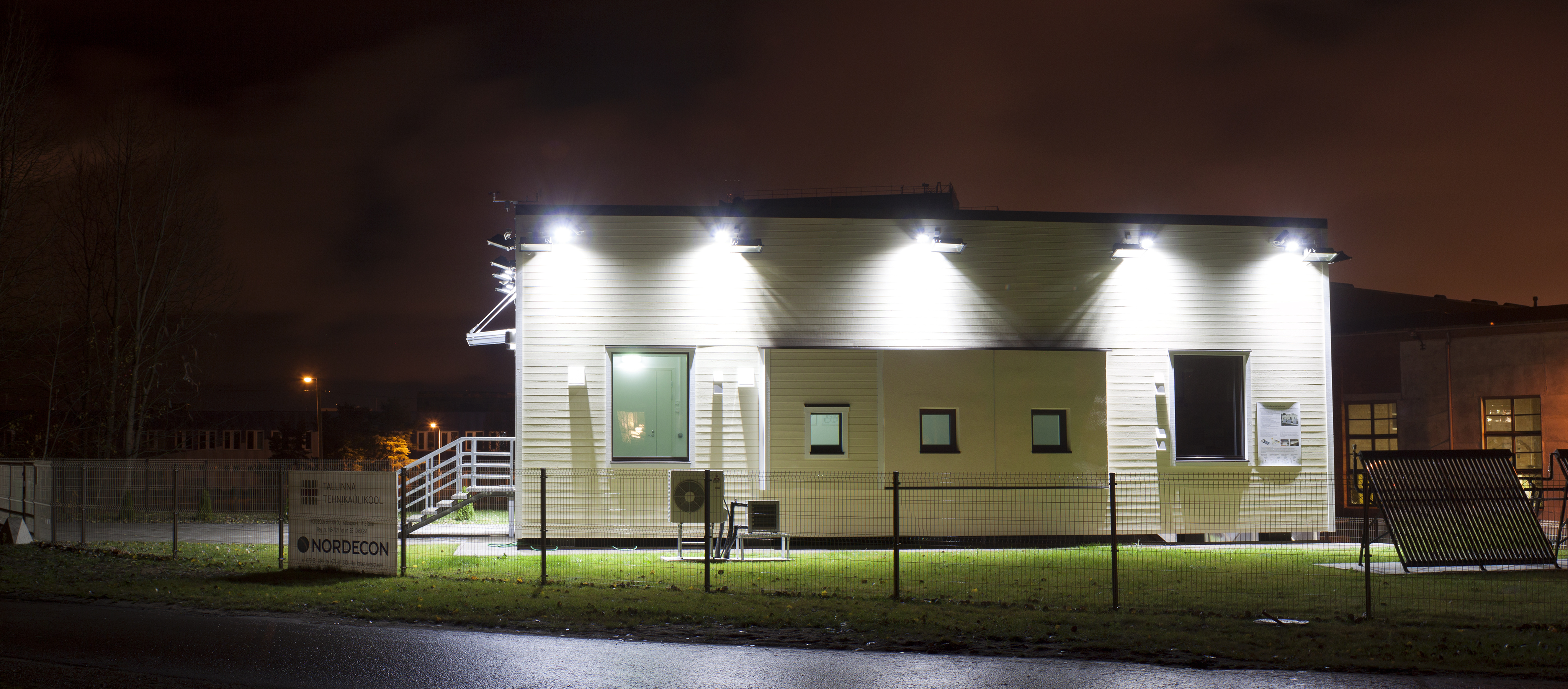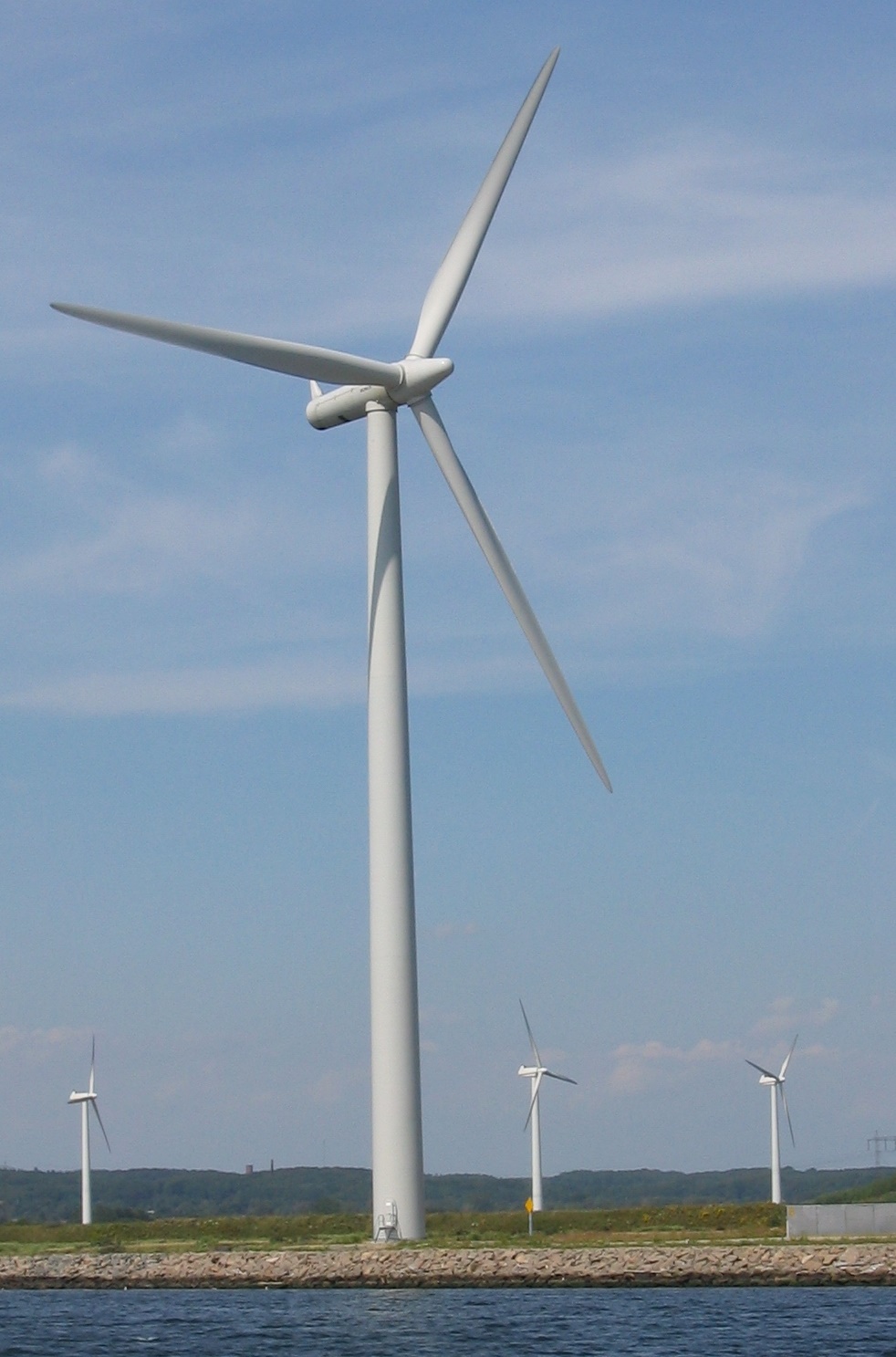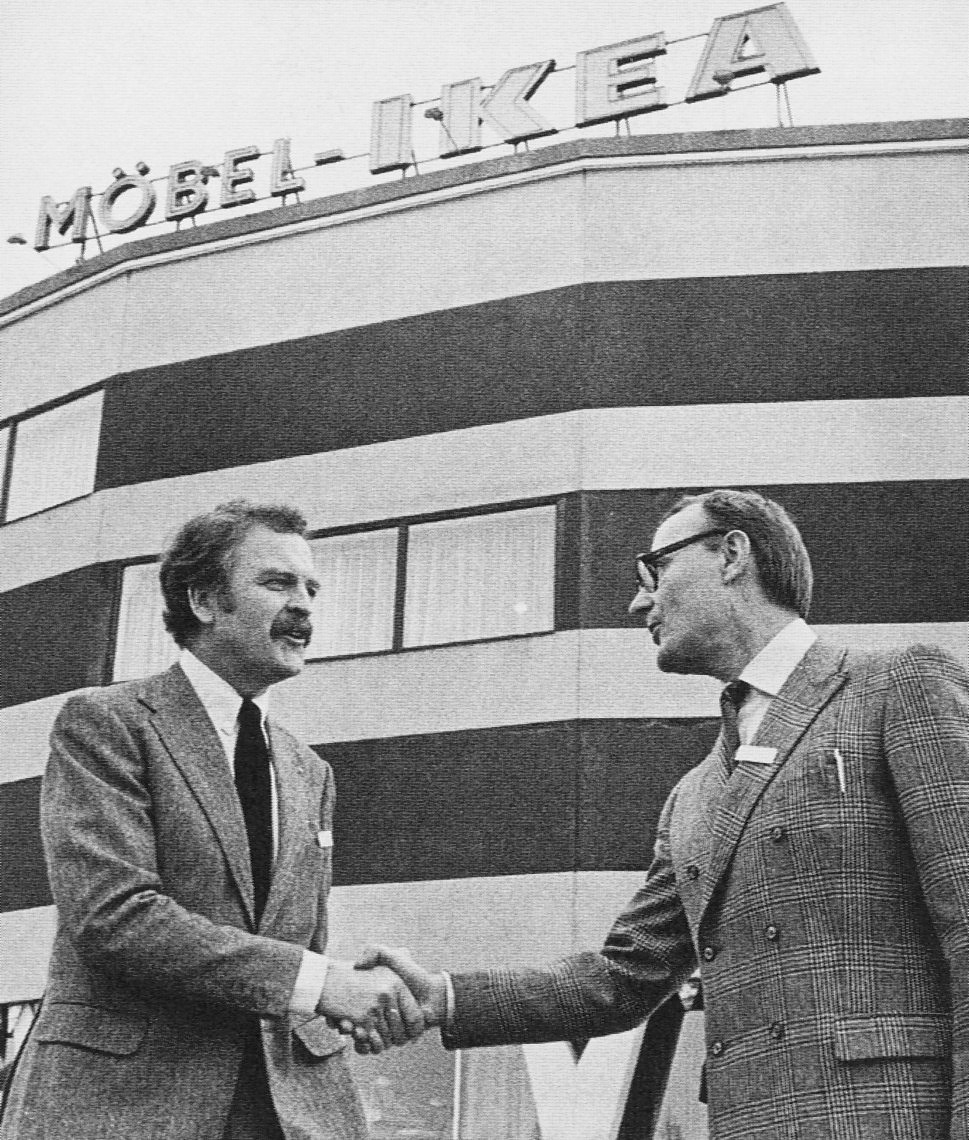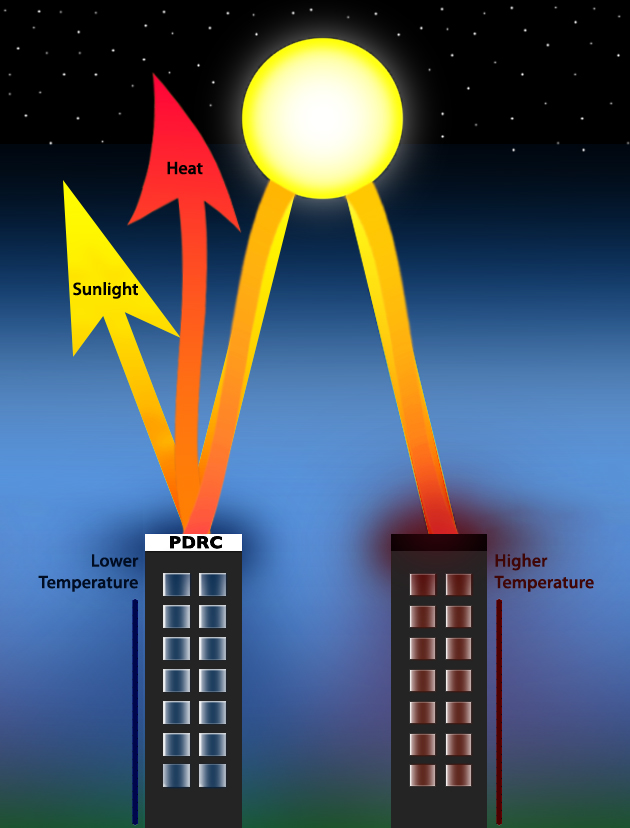|
Net-zero
Carbon neutrality is a state of net-zero carbon dioxide emissions. This can be achieved by balancing emissions of carbon dioxide with its removal (often through carbon offsetting) or by eliminating emissions from society (the transition to the "post-carbon economy"). The term is used in the context of carbon dioxide-releasing processes associated with transportation, energy production, agriculture, and industry. Although the term "carbon neutral" is used, a carbon footprint also includes other greenhouse gases, measured in terms of their carbon dioxide equivalence. The term climate-neutral reflects the broader inclusiveness of other greenhouse gases in climate change, even if CO2 is the most abundant. The term "net zero" is increasingly used to describe a broader and more comprehensive commitment to decarbonization and climate action, moving beyond carbon neutrality by including more activities under the scope of indirect emissions, and often including a science-based target o ... [...More Info...] [...Related Items...] OR: [Wikipedia] [Google] [Baidu] |
Zero-energy Building
A Zero Energy Building (ZEB), also known as a Net Zero Energy (NZE) building, is a building with net zero energy consumption, meaning the total amount of energy used by the building on an annual basis is equal to the amount of renewable energy created on the site or in other definitions by renewable energy sources offsite, using technology such as heat pumps, high efficiency windows and insulation, and solar panels. The goal is that these buildings contribute less overall greenhouse gas to the atmosphere during operations than similar non-ZNE buildings. They do at times consume non-renewable energy and produce greenhouse gases, but at other times reduce energy consumption and greenhouse gas production elsewhere by the same amount. The development of zero-energy buildings is encouraged by the desire to have less of an impact on the environment, and by tax breaks and savings on energy costs that make zero-energy buildings financially viable. Terminology tends to vary between cou ... [...More Info...] [...Related Items...] OR: [Wikipedia] [Google] [Baidu] |
Renewable Energy
Renewable energy is energy that is collected from renewable resources that are naturally replenished on a human timescale. It includes sources such as sunlight, wind, the movement of water, and geothermal heat. Although most renewable energy sources are sustainable, some are not. For example, some biomass sources are considered unsustainable at current rates of exploitation. Renewable energy often provides energy for electricity generation to a grid, air and water heating/cooling, and stand-alone power systems. Renewable energy technology projects are typically large-scale, but they are also suited to rural and remote areas and developing countries, where energy is often crucial in human development. Renewable energy is often deployed together with further electrification, which has several benefits: electricity can move heat or objects efficiently, and is clean at the point of consumption. In addition, electrification with renewable energy is more efficient and therefore ... [...More Info...] [...Related Items...] OR: [Wikipedia] [Google] [Baidu] |
Carbon Offset
A carbon offset is a reduction or removal of emissions of carbon dioxide or other greenhouse gases made in order to compensate for emissions made elsewhere. Offsets are measured in tonnes of carbon dioxide-equivalent (CO2e). One ton of carbon offset represents the reduction or removal of one ton of carbon dioxide or its equivalent in other greenhouse gases. One of the hidden dangers of climate change policy is unequal prices of carbon in the economy, which can cause economic collateral damage if production flows to regions or industries that have a lower price of carbon—unless carbon can be purchased from that area, which offsets effectively permit, equalizing the price. Within the voluntary market, demand for carbon offset credits is generated by individuals, companies, organizations, and sub-national governments who purchase carbon offsets to mitigate their greenhouse gas emissions to meet Carbon neutrality, carbon neutral, net-zero or other established Emission standard, e ... [...More Info...] [...Related Items...] OR: [Wikipedia] [Google] [Baidu] |
Low-carbon Economy
A low-carbon economy (LCE) or decarbonised economy is an economy based on energy sources that produce low levels of greenhouse gas (GHG) emissions. GHG emissions due to human activity are the dominant cause of observed climate change since the mid-20th century. Continued emission of greenhouse gases will cause long-lasting changes around the world, increasing the likelihood of severe, pervasive, and irreversible effects for people and ecosystems. Shifting to a low-carbon economy on a global scale could bring substantial benefits both for developed and developing countries. Many countries around the world are designing and implementing low-emission development strategies (LEDS). These strategies seek to achieve social, economic, and environmental development goals while reducing long-term greenhouse gas emissions and increasing resilience to the effects of climate change. Globally implemented low-carbon economies are therefore proposed as a precursor to the more advanced, zero-ca ... [...More Info...] [...Related Items...] OR: [Wikipedia] [Google] [Baidu] |
Climate Change
In common usage, climate change describes global warming—the ongoing increase in global average temperature—and its effects on Earth's climate system. Climate change in a broader sense also includes previous long-term changes to Earth's climate. The current rise in global average temperature is more rapid than previous changes, and is primarily caused by humans burning fossil fuels. Fossil fuel use, deforestation, and some agricultural and industrial practices increase greenhouse gases, notably carbon dioxide and methane. Greenhouse gases absorb some of the heat that the Earth radiates after it warms from sunlight. Larger amounts of these gases trap more heat in Earth's lower atmosphere, causing global warming. Due to climate change, deserts are expanding, while heat waves and wildfires are becoming more common. Increased warming in the Arctic has contributed to melting permafrost, glacial retreat and sea ice loss. Higher temperatures are also causing m ... [...More Info...] [...Related Items...] OR: [Wikipedia] [Google] [Baidu] |
IKEA
IKEA (; ) is a Dutch multinational conglomerate based in the Netherlands that designs and sells , kitchen appliances, decoration, home accessories, and various other goods and home services. Started in 1943 by Ingvar Kamprad, IKEA has been the world's largest furniture retailer since 2008. The brand used by the group is derived from an acronym that consists of the founder's initials, and those of Elmtaryd, the family farm where he was born, and the nearby village Agunnaryd (his hometown in Småland, southern Sweden). The group is primarily known for its modernist designs for various types of appliances and furniture, and its interior design work is often associated with simplicity. In addition, the firm is known for its attention to cost control, operational details, and continuous product development that has allowed IKEA to lower its prices by an average of two to three percent. , there are 422 IKEA stores operating in 50 countries and in fiscal year 2018, €38.8 billion ... [...More Info...] [...Related Items...] OR: [Wikipedia] [Google] [Baidu] |
Passive Daytime Radiative Cooling
Passive daytime radiative cooling (PDRC) is a renewable cooling method proposed as a solution to global warming of enhancing terrestrial heat flow to outer space through the installation of thermally-emissive surfaces on Earth that require zero energy consumption or pollution. Because all materials in nature absorb more heat during the day than at night, PDRC surfaces are designed to be high in solar reflectance (to minimize heat gain) and strong in longwave infrared (LWIR) thermal radiation heat transfer through the atmosphere's infrared window (8–13 µm) to cool temperatures during the daytime. It is also referred to as passive radiative cooling (PRC), daytime passive radiative cooling (DPRC), radiative sky cooling (RSC), photonic radiative cooling, and terrestrial radiative cooling. PDRC differs from solar radiation management because it increases radiative heat emission rather than merely reflecting the absorption of solar radiation. Some estimates propose that if 1–2% ... [...More Info...] [...Related Items...] OR: [Wikipedia] [Google] [Baidu] |
Carbon Project
Business action on climate change includes a range of activities relating to climate change, and to influencing political decisions on climate change-related regulation, such as the Kyoto Protocol. Major multinationals have played and to some extent continue to play a significant role in the politics of climate change, especially in the United States, through lobbying of government and funding of climate change deniers. Business also plays a key role in the mitigation of climate change, through decisions to invest in researching and implementing new energy technologies and energy efficiency measures. Overview Physical risks of climate change top the list of business concerns for US and EU firms. In 1989 in the US, the petroleum and automotive industries and the National Association of Manufacturers created the Global Climate Coalition (GCC) to oppose mandatory actions to address global warming. In 1997, when the US Senate overwhelmingly passed a resolution against ratifying ... [...More Info...] [...Related Items...] OR: [Wikipedia] [Google] [Baidu] |
Emissions Trading
Emissions trading is a market-based approach to controlling pollution by providing economic incentives for reducing the emissions of pollutants. The concept is also known as cap and trade (CAT) or emissions trading scheme (ETS). Carbon emission trading for and other greenhouse gases has been introduced in China, the European Union and other countries as a key tool for climate change mitigation. Other schemes include sulfur dioxide and other pollutants. In an emissions trading scheme, a central authority or governmental body allocates or sells a limited number (a "cap") of permits that allow a discharge of a specific quantity of a specific pollutant over a set time period. Polluters are required to hold permits in amount equal to their emissions. Polluters that want to increase their emissions must buy permits from others willing to sell them. Emissions trading is a type of flexible environmental regulation that allows organizations and markets to decide how best to meet policy t ... [...More Info...] [...Related Items...] OR: [Wikipedia] [Google] [Baidu] |
Carbon Dioxide Scrubber
A carbon dioxide scrubber is a piece of equipment that absorbs carbon dioxide (CO2). It is used to treat exhaust gases from industrial plants or from exhaled air in life support systems such as rebreathers or in spacecraft, submersible craft or airtight chambers. Carbon dioxide scrubbers are also used in controlled atmosphere (CA) storage. They have also been researched for carbon capture and storage as a means of combating climate change. Technologies Amine scrubbing The primary application for CO2 scrubbing is for removal of CO2 from the exhaust of coal- and gas-fired power plants. Virtually the only technology being seriously evaluated involves the use of various amines, e.g. monoethanolamine. Cold solutions of these organic compounds bind CO2, but the binding is reversed at higher temperatures: :CO2 + 2 ↔ + , this technology has only been lightly implemented because of capital costs of installing the facility and the operating costs of utilizing it. Minerals and ze ... [...More Info...] [...Related Items...] OR: [Wikipedia] [Google] [Baidu] |
Livestock
Livestock are the domesticated animals raised in an agricultural setting to provide labor and produce diversified products for consumption such as meat, eggs, milk, fur, leather, and wool. The term is sometimes used to refer solely to animals who are raised for consumption, and sometimes used to refer solely to farmed ruminants, such as cattle, sheep, goats and pigs. Horses are considered livestock in the United States. The USDA classifies pork, veal, beef, and lamb (mutton) as livestock, and all livestock as red meat. Poultry and fish are not included in the category. The breeding, maintenance, slaughter and general subjugation of livestock, called '' animal husbandry'', is a part of modern agriculture and has been practiced in many cultures since humanity's transition to farming from hunter-gatherer lifestyles. Animal husbandry practices have varied widely across cultures and time periods. It continues to play a major economic and cultural role in numerous communities. Lives ... [...More Info...] [...Related Items...] OR: [Wikipedia] [Google] [Baidu] |
Non-renewable Energy
A non-renewable resource (also called a finite resource) is a natural resource that cannot be readily replaced by natural means at a pace quick enough to keep up with consumption. An example is carbon-based fossil fuels. The original organic matter, with the aid of heat and pressure, becomes a fuel such as oil or gas. Earth minerals and metal ores, fossil fuels (coal, petroleum, natural gas) and groundwater in certain aquifers are all considered non-renewable resources, though individual elements are always conserved (except in nuclear reactions, nuclear decay or atmospheric escape). Conversely, resources such as timber (when harvested sustainably) and wind (used to power energy conversion systems) are considered renewable resources, largely because their localized replenishment can occur within time frames meaningful to humans as well. Earth minerals and metal ores Earth minerals and metal ores are examples of non-renewable resources. The metals themselves are present ... [...More Info...] [...Related Items...] OR: [Wikipedia] [Google] [Baidu] |
.jpg)


.jpg)




